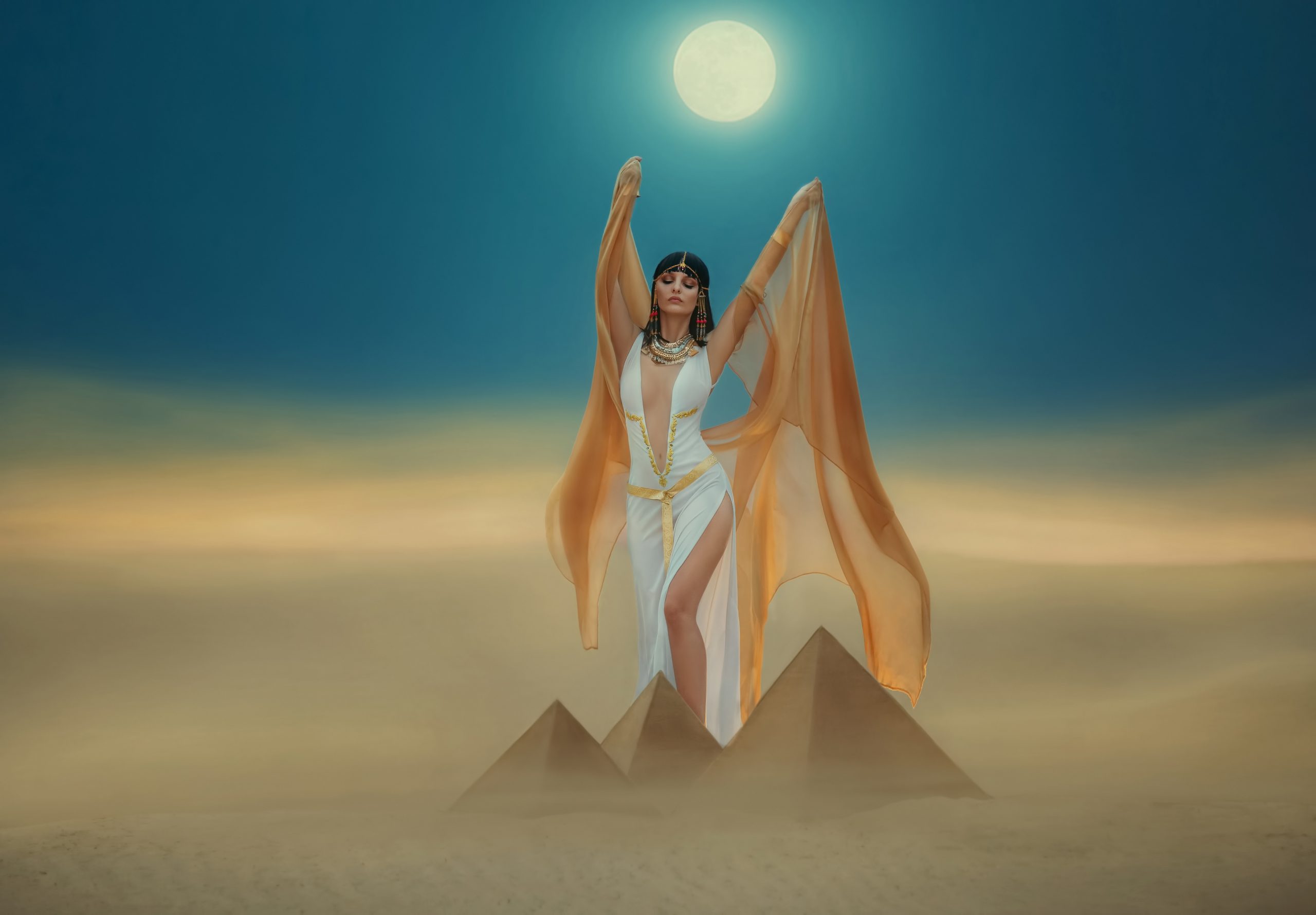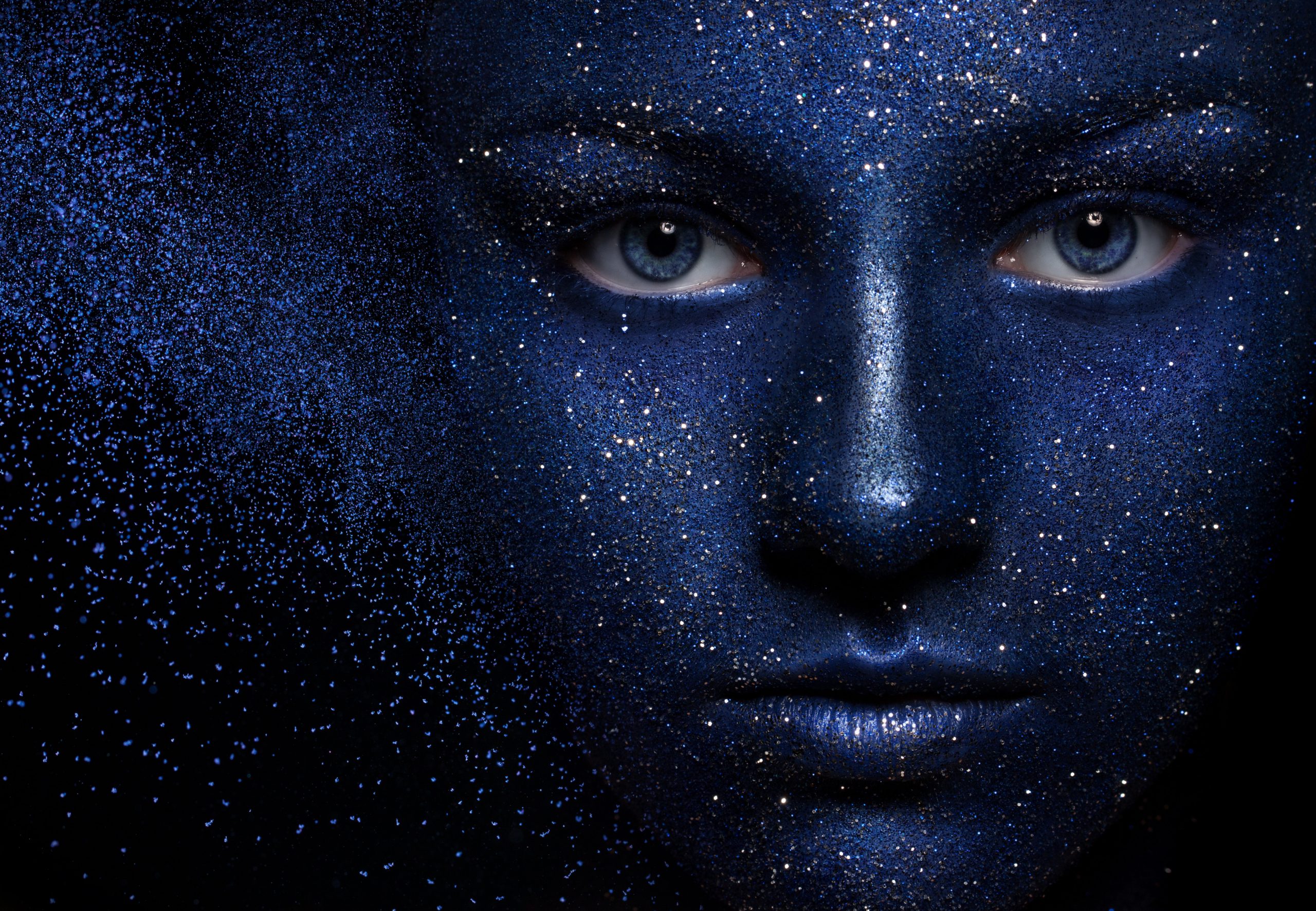
David Proval, now 81, is a native New Yorker who has collected a diverse array of screen credits over the past half-century, including the terrifying New Jersey hoodlum Richie Aprile on “The Sopranos,” Toby Ziegler’s rabbi on the NBC series “The West Wing,” and character parts in everything from TV’s “Miami Vice,” “Picket Fences” and “Everybody Loves Raymond” to “UHF,” “The Shawshank Redemption” and “Smokin’ Aces.”
The project that officially launched Proval’s career was Martin Scorsese‘s third feature, 1973’s “Mean Streets,” a comedy-drama about small-time neighborhood mobsters and mobster-wannabes. The film was written by Mardik Martin and Scorsese and partly based on the director’s observations about the crooks he knew and saw growing up in New York’s Little Italy. As bar manager Tony DeVienazo, Proval rounded out film’s main triumvirate, along with Harvey Keitel as the fretful and dutiful junior mobster Charlie Cappa and Robert DeNiro as the destructive and self-destructive Johnny Boy.
Proval came to screening of “Mean Streets” at the Texas Theatre in Dallas April 20. I interviewed him after the show about his experiences making the film, his collaboration with Scorsese and costars Robert DeNiro and Harvey Keitel, and his reaction to watching it again on a big screen, for the first time in a long time.
When was the last time you saw “Mean Streets”?
A while ago, on Turner Classic Movies, but it wasn’t this print. It’s an amazing movie. It truly captures this particular genre—you’ve probably heard this a thousand times—the soul of it. The madness of it. These characters, and their rage. I don’t know—I get affected by great films.
You grew up in New York, right? In Brooklyn?
Brooklyn, New York.
Did you ever know guys who were like the ones depicted in Mean Streets?
I used to look at them on the street and say, “Mom, what do they do?” And she’d say, “They hold up the building. They lean against the building, and they hold it up.” She knew what they did!
Was there anybody in your family who was in the performing arts, or the arts generally?
My mother was somewhat of an actress. She came to this country when she was in her early twenties, from Romania. She did some theater in Bucharest. And then she gave it up. She had to. She came to the golden land, New York City. Brooklyn, New York. But she was a natural actress. She inspired me. She inspired me to celebrate my imagination, put it that way. I loved it from the beginning.
When was the first time you performed in front of an audience?
I was seven years old. In front of an audience in Lakewood, New Jersey, an old age home, I guess. I sang for them. An old lady came up to me and put $20 in my hand. It was an enormous amount of money. I looked down at my hand and said, “I just had a great time, and I got paid for this? I should do this for a living.” That’s a true story. [Laughs] “So, people pay you to have fun? That’s fantastic!”
As a kid, were you, even then, thinking that this is what you wanted to do?
My first film my mother ever took me to see was with Dana Andrews and Susan Hayward. You know who she is! It was film you could say was inappropriate: “My Foolish Heart.” It was a J.D. Salinger adaptation. It ran J.D. Salinger out of Hollywood, because he did the screenplay [from his short story] and said, “I’ll never write again for these people.” “Uncle Wiggly Goes to Connecticut” was the original title of the movie. I sat next to my mom. I’ll never forget it. She was watching the screen. She was in love, and then crying. I thought, Can you imagine doing that? Making people feel so much, you know, in their hearts? What a great thing to do.
This is like a therapy session! [Laughs] What am I doing here! This is crazy!
How did Martin Scorsese enter your life?
Through an actor, Jon Voight. He and I were classmates in a drama workshop in Los Angeles. Marty went to Jon first and said, “I have this movie about Little Italy.” Jon was really interested in working with Marty. They both shared certain aspirations. Marty considered the priesthood first. You knew that! So did Jon. They were Catholics, and they had that in common. Jon said, “I know this actor, David Proval. He would be very right for this movie.” Jon had already done “Midnight Cowboy” and he was already a movie star. His advice to Marty was, “I think you should get unknowns for this movie. I’m a known.”
Then he called me, and he said, “I think I’m out.” I said, “Does this mean I’m out?” He said, “I’m not gonna break my nose and dye my hair for your career, David!” [Laughs] “He said, “So yeah, I’m out of the movie. But I think Marty’s interested in you.”
What was your impression of Martin Scorsese? Set the scene for us. Where was it? What was it like?
It was a restaurant called The Aware Inn. It was in Los Angeles, California, on Sunset Boulevard. A typical Southern California salad restaurant, you know? All lettuce! No pasta! Just lettuce! And he was there with him and Jonathan Taplin, the producer. I had read the screenplay and went, “Wow, this is a movie!” So I sat with them, and I did [some readings], and he never looked at me. He just looked down! I thought, I’m not gonna be in this movie! He never looked at me! I was seriously despondent, because I wanted to be in this movie.
Then I get a call at three o’clock in the morning from Jon Taplin. He says, “Marty loves you. He wants you in the movie!” I said, “The guy never looked at me!” He said, “Oh, yes he did. And he heard you.” It really says something about this life.
Where was the movie shot?
Downtown L.A, in Little Italy. Not many people know that we shot [most of it] in L.A. The bar Tony runs was actually in downtown Los Angeles. Didn’t damage the movie! I’m watching it tonight, and I believed they were in New York. I bought it.
Marty did everything on this movie. He brought me to wardrobe, and he put me in that loud red jacket. I hated the jacket. I said, “This is in really bad taste.” And then suddenly I looked in the mirror and something hit me and started doing Tony for him and he said, “You got it.” There was something about it. He knew! He had an instinct. He was a natural. John Cassavetes, after “Boxcar Bertha,” said—you know this, too!—
Yes, but the audience doesn’t, so please go on!
Anyway, Marty did this movie called “Boxcar Bertha,” with Barbara Hershey and David Carradine and all these wonderful actors. But Cassavetes saw it and said, “No, no, no, no, no. You have to make something personal.” That was the advice Cassavetes gave him [that led him] to do this movie.
What is it like to be directed by Martin Scorsese? What is the atmosphere like on the set? How does it happen?
I’ve had a couple of jobs since “Mean Streets.” And I have never worked in front of a director who is as joyful as he works. There is such joy about his presence! And he’s the best audience you can ask for. After every take, he’s like, “Oh, my god, that was great!” There’s such joy in the work. The experience is so alive. You just look at him, and translate that energy as an actor. I’ve worked for a couple of wonderful directors since then, but there’s nothing like working for Marty Scorsese.
What about being in scenes with Robert DeNiro and Harvey Keitel? This was not the beginning for them, but I guess somewhat close to it…
Well, Bobby had done four or five movies before “Mean Streets.” He’d done leads in movies. This was my first film. I’d done little industrial films, a TV show, that kind of thing. But I’d never been on a movie set with that kind of energy. Bob was a great teacher for this movie. The courage he had! A lot of actors would’ve backed off and said “I’m doing too much.” He had danger, all the time. I mean acting—not that his choices were dangerous on the set, but that there was no fear. I was thinking, Look at this guy! He can go anywhere! It was good for me.
I remember one time, we were in New York. I was struggling, and I went to him. I said to Bob, “I’m in trouble.” You know what he did?? He took me outside and said, [pointing at an imagined cityscape] “This is the Williamsburg Bridge.” He said, [pointing] “You lived this way.” [points in opposite direction] “I lived that way. What do you have to do? Just be there!”
It was a great lesson in trusting what you know. I thought, What am I knocking myself out for? A great lesson.
He was not even thirty at that point. It was a very wise thing to say.
No, he was 28. I was 29. We were young. We were kids. Like these guys! [Points to two teenagers on the front row, in front of him] I keep pointing at you, I’m sorry! These guys! How old are you! You’re babies! Jesus Christ! You’re babies!
[Points at movie screen, says to interviewer] How many years ago was this? Fifty-two years ago?
Fifty-one years since the release.
Half a century ago. I’m still alive.
I’ve interviewed enough actors to know that, at least some of the time, they know if what they’re working on is a good movie. It sounds like you knew?
I knew there was something very special about this director. I said, “This guy, he’s got something going on.” You know what somebody said to me? That he’s editing on his feet. He’s going: [imitates a person watching people in a room, grinning, head bobbing, gesturing like a conductor] “Good, good, good, good good! Ah ah ah ah ah!”
When I came up to you after the movie ended, you were staring up at the screen, at those credits, like it was a powerful experience for you. You seemed like you were watching it for the first time.
That’s how it felt to me. I mean it. I’m not playing. I saw stuff I had never seen before.




